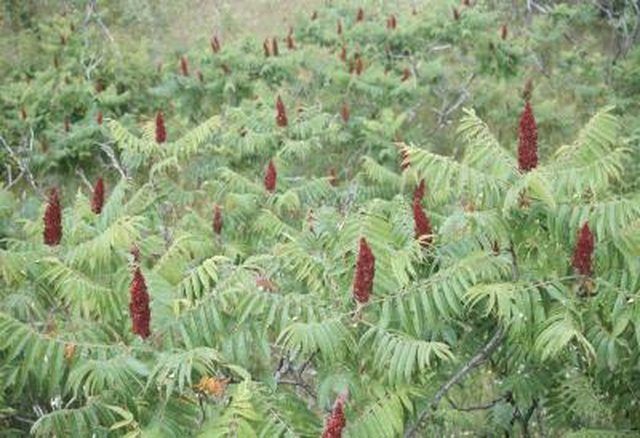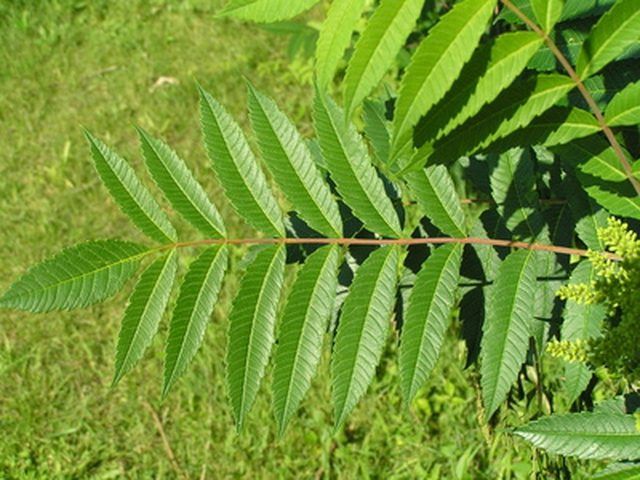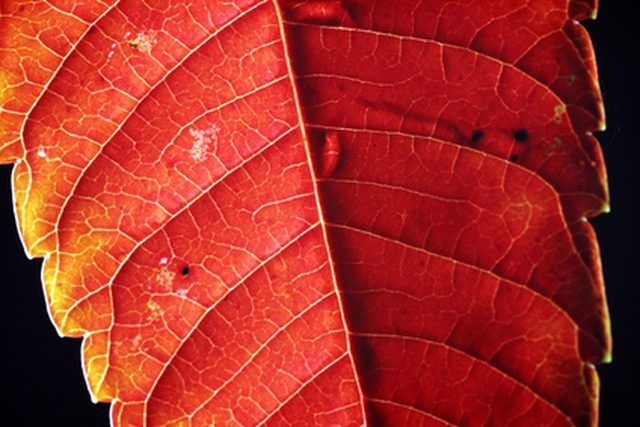Bulbs
Flower Basics
Flower Beds & Specialty Gardens
Flower Garden
Garden Furniture
Garden Gnomes
Garden Seeds
Garden Sheds
Garden Statues
Garden Tools & Supplies
Gardening Basics
Green & Organic
Groundcovers & Vines
Growing Annuals
Growing Basil
Growing Beans
Growing Berries
Growing Blueberries
Growing Cactus
Growing Corn
Growing Cotton
Growing Edibles
Growing Flowers
Growing Garlic
Growing Grapes
Growing Grass
Growing Herbs
Growing Jasmine
Growing Mint
Growing Mushrooms
Orchids
Growing Peanuts
Growing Perennials
Growing Plants
Growing Rosemary
Growing Roses
Growing Strawberries
Growing Sunflowers
Growing Thyme
Growing Tomatoes
Growing Tulips
Growing Vegetables
Herb Basics
Herb Garden
Indoor Growing
Landscaping Basics
Landscaping Patios
Landscaping Plants
Landscaping Shrubs
Landscaping Trees
Landscaping Walks & Pathways
Lawn Basics
Lawn Maintenance
Lawn Mowers
Lawn Ornaments
Lawn Planting
Lawn Tools
Outdoor Growing
Overall Landscape Planning
Pests, Weeds & Problems
Plant Basics
Rock Garden
Rose Garden
Shrubs
Soil
Specialty Gardens
Trees
Vegetable Garden
Yard Maintenance
Staghorn Sumac Tree Facts
Staghorn Sumac Tree Facts. Staghorn sumac trees (Rhus typhina) are native to eastern North America from Canada south to Georgia often growing on hillsides and mountainous rocky slopes. They are known for their brightly colored foliage and berries in the fall. In winter, the bare fuzzy branches resemble newly growing deer antlers covered with...

Staghorn sumac trees (Rhus typhina) are native to eastern North America from Canada south to Georgia often growing on hillsides and mountainous rocky slopes. They are known for their brightly colored foliage and berries in the fall. In winter, the bare fuzzy branches resemble newly growing deer antlers covered with velvet.
Growth Habit
Staghorn sumac is a fast growing tree that reaches 15 to 35 feet tall. Sometimes it forms a single 6- to 12-inch diameter trunk with an open and flat crown. Other individuals develop large spreading bushes with multiple thin stems formed from sucker branches at the base.

Features
The 1- to 2-foot-long compound leaves of the staghorn sumac turn bright yellow, orange or crimson red in the autumn. In the summer it produces clusters of small green-white flowers that develop into colorful red berries that last until spring. The fuzzy branches provide some winter interest when the foliage has fallen.

Care
Staghorn sumac is a relatively care free tree. It is not picky about soil or water as long as it does not remain sopping wet. It needs full sun and every few seasons can be pruned to the ground to keep it full. Single trunk specimens need to have the sucker branches around the base cut off regularly. It grows well in almost all of North America and can survive winter temperatures down to minus 40 degrees F.